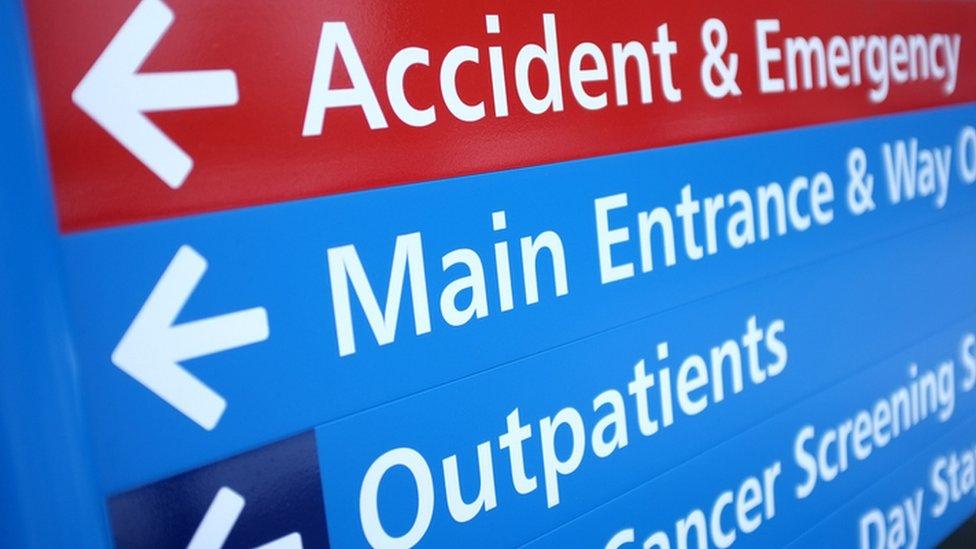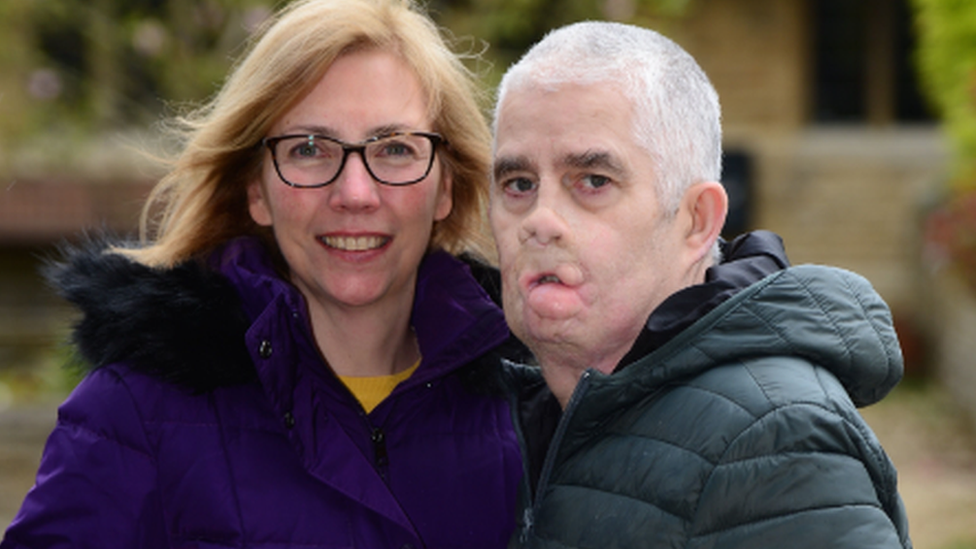Sepsis digital alert 'led to faster treatment with antibiotics'
- Published

Sepsis needs urgent treatment before it starts damaging the body's own tissues and organs
Digital alerts to notify doctors and nurses of patients with sepsis led to faster treatment with antibiotics and a fall in deaths, a study found.
The system was tested in two London hospitals over two years, analysing data from more than 21,000 alerts.
Sepsis is a life-threatening reaction to an infection which can be hard to spot.
Hospitals in the UK should be providing treatment with antibiotics within an hour of it being suspected.
In the study, carried out by Imperial College Healthcare NHS Trust, alerts were triggered when a patient's temperature, heart rate, glucose levels or breathing became unsafe.
The digital alert appeared as a pop-up warning on patients' electronic health records - and was seen immediately by nurses, who then notified doctors.
Patients who triggered the alert were more likely to receive crucial treatment with antibiotics within the recommended one hour.
When the alert was used, 44.7% of patients triggering it had antibiotics through a drip within that time compared with 36.9% without the alert.
The study also found a fall in patient deaths in hospital and a lower chance of patients staying in for more than a week.
Sepsis: What is it - and how to spot it?
Without the alert, 6.4% of patients died within 30 days - and this reduced to 5.1% when the digital alert system was used.
A total of 1,293 patients died of sepsis during the study, which collected data between October 2016 and May 2018.
The study, in the Journal of the American Medical Informatics Association, external, said the results suggested "an important clinical benefit from the introduction of alerting".
But the researchers say it is not possible to work out how much of this was due to the digital alert itself or to the raised awareness of sepsis because of the new system being tested.
Sepsis is estimated to affect 123,000 people a year and cause up to 44,000 deaths in the UK each year.
Dr Kate Honeyford, from Imperial College London, said: "Sepsis can be deadly if it's not diagnosed and treated quickly.
"However, symptoms can be hard to spot and are similar to other conditions such as flu or a chest infection, which can result in delayed diagnosis and treatments."
What are the symptoms of sepsis?
In adults:
slurred speech
extreme shivering or muscle pain
passing no urine in a day
severe breathlessness
high heart rate and high or low body temperature
skin mottled or discoloured
In children:
looks mottled, bluish or pale
very lethargic or difficult to wake
abnormally cold to touch
breathing very fast
a rash that does not fade when you press it
a seizure or convulsion
- Published20 November 2019

- Published4 July 2019

- Published22 May 2019

- Published11 September 2017
